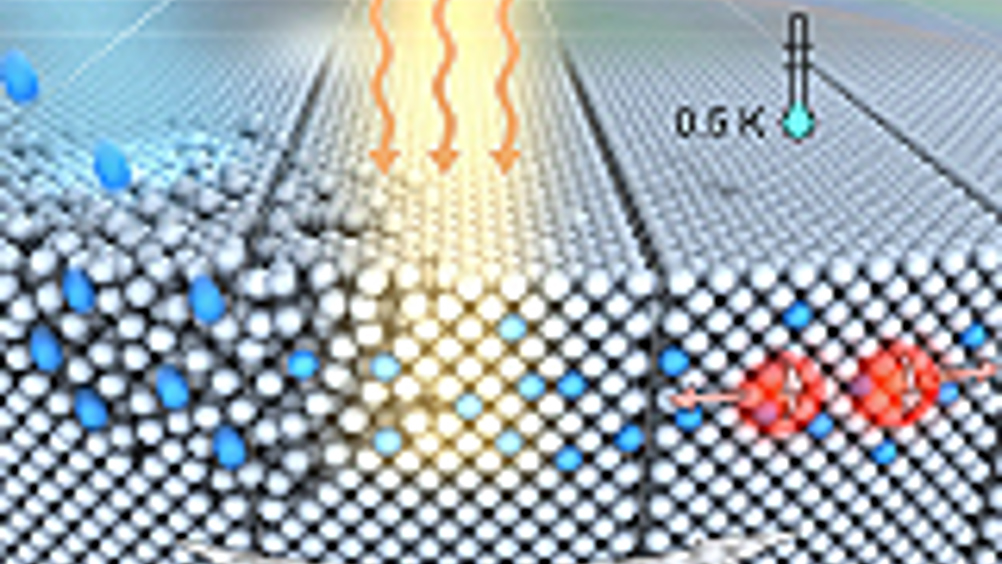Chips with everything
1 min read
Superconducting chips are to become a reality according to the latest findings published by researchers in Dresden.

Described as substances that conduct electricity without losses when cooled to extremely low temperatures, superconducting semiconductors require a high amount of foreign atoms. Researchers at the Forschungszentrum Dresden-Rossendorf (FZD) research centre, doped germanium samples with about six gallium atoms per 100 germanium atoms. It was then proved that the doped germanium layer of 60nm thickness became superconducting and not just the clusters of foreign atoms which could easily form during doping.
A flash lamp annealing facility was developed to repair and crystal lattice destroyed by ion implantation by rapidly heating the sample surface.
According to the researchers, the new material exhibits a high critical magnetic field with respect to the temperature where the substance becomes superconducting.
Germanium was originally used for the first generation of transistors, but was eventually replaced by silicon. This renaissance, believe FZD scientists, is that miniatureisation in microelectronics using silicon is coming to an end. The researchers say that it has distinct advantages over silicon and it can enable both faster processes and further miniaturisation in micro and nanoelectronics.
The FZD institutes now plan to fine tune more complex parameters for future experiments on superconducting semiconductors.












